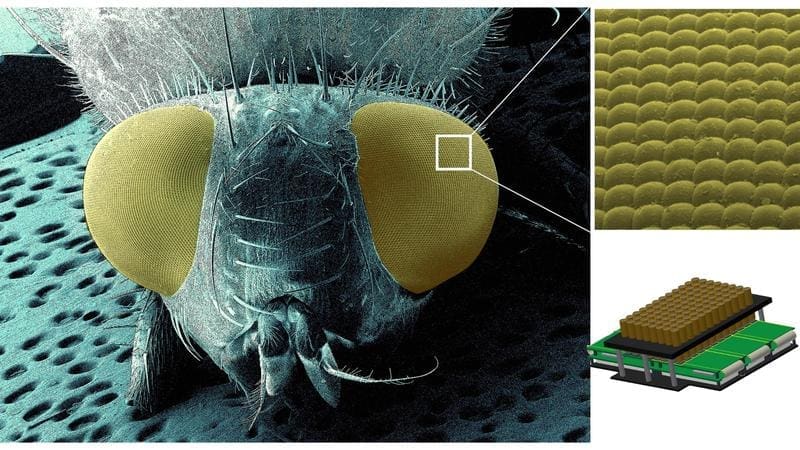Revolutionary “ComplexEye” microscope: Immune cells 96 times faster in sight
A slipped knife, a small cut – and immune cells immediately rush to fight invading bacteria. This rapid reaction of the body inspired Prof. Dr. Matthias Gunzer from the Faculty of Medicine at the University of Duisburg-Essen (UDE) to develop a groundbreaking invention: the “ComplexEye” microscope. Together with partners from the UDE and the Leibniz Institute for Analytical Sciences (ISAS) in Dortmund, he is developing a device that analyzes the movements of immune cells 96 times faster than conventional microscopes. The German Research Foundation (DFG) is funding the three-year project, which started in June 2025, with 1.3 million euros, of which almost 400,000 euros will go to the Faculty of Medicine.
Immune cells such as neutrophil granulocytes are extremely fast and mobile. To study their migration, a time-lapse video requires images every eight seconds. Conventional microscopes with one objective can only manage four samples at a time – too slow for the high-throughput analysis required for new diagnostic and therapeutic strategies. “The ComplexEye will be 96 times faster,” explains Gunzer, Director of the Institute of Experimental Immunology and Imaging. The microscope uses a multi-lens system with 96 miniaturized objectives mounted on a postcard-sized perforated plate and can record up to 384 samples in parallel.

The project combines expertise from various disciplines: Gunzer’s team provides biomedical findings, the Duisburg electrical engineers Prof. Dr. Anton Grabmaier, Prof. Dr. Hendrik W├Čhrle and Dr. Reinhard Viga develop the system design, and Dr. Jianxu Chen from ISAS programs AI-supported analysis software. “We are developing software with real-time tracking that does not require powerful external computers,” explains Chen. “Edge devices, i.e. small processors working in parallel, take over the time-consuming image analysis, supported by AI,” adds Viga. This technology makes it possible to evaluate data immediately – crucial when every minute counts.
There are many possible applications for the ComplexEye. “Sometimes immune cells are dysfunctional,” says Gunzer. “If we know how they move, we can detect diseases or develop active substances that control their speed.” In intensive care units, for example, the microscope could indicate within a few hours whether sepsis is imminent so that a drug can be administered in good time. The mobility of immune cells that can infiltrate tumors also provides important information for diagnostics and therapy in cancer research.
After twelve years of preparation, a prototype with 16 lenses has already been created. Now the system is being expanded to 96 objectives in order to meet the requirements of high-throughput analysis. The interdisciplinary collaboration between UDE and ISAS, supported by DFG funding, promises a breakthrough in immune research. With the ComplexEye, medicine could react faster and more precisely to disturbed immune reactions – a decisive step towards saving lives.
Read also:
QIScope: Microscope makes luminescent cell processes visible – MedLabPortal
The articles in the news section are produced by X-Press journalist office
Gender note. The personal designations used in this text always refer equally to female, male and diverse persons. Double/triple references and gendered designations are avoided in favor of better readability. t




